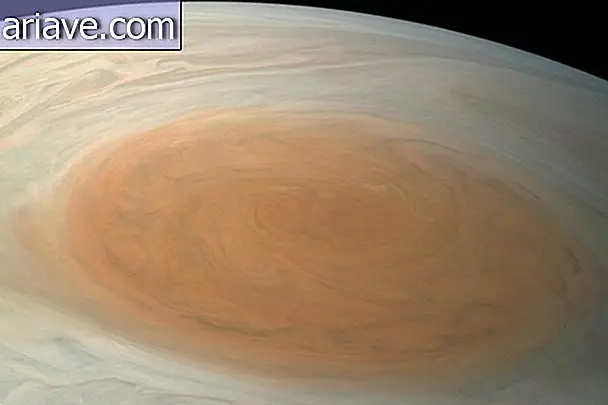To infinity and beyond! Various curiosities about spacewalks
"A small step for man, but a big leap for humanity." This is perhaps the most famous phrase that marks man's arrival on the moon. Neil Armstrong was responsible for immortalizing this feat on July 20, 1969.
Today, nearly 50 years later, space missions are a bit more common and have more technology and facilities. All this evolution also arouses curiosities; For example, how fast does an astronaut walk while on a spacewalk or what are the temperatures in space? Let's talk a little bit about it here.

Not only moonwalks live astronauts. Most of the missions are spacewalks, or EVA - which, translated into Portuguese, means extraveicular activity. The acronym is used to describe any action taken outside a vehicle in space, such as when repairs are required, scientific experiments, environmental studies, among others. The first astronaut to perform the act was Russian Alexei Leonov, on March 18, 1965, in a brief 10-minute walk.

There is even a world record for most spacewalks, which belongs to another Russian, Anatoly Solovyev. He has on his resume 16 repetitions for the activity. While at the beginning of the space age an EVA took a few minutes, today at the space station it can last up to a few hours.
Despite the name, it's not quite a walk at all. According to astronaut Douglas Wheelock, the most appropriate term would be ballet at your fingertips. He jokes that the best exercise you can do to be well prepared for space is to use equipment to strengthen your hands, as it takes a lot of strength to propel your body and then to hold it when you have to stop.

Speed is already limited by several factors. Because gravity is so different from what we experience here on Earth, it is necessary to use cords to keep astronauts stuck and prevent them from floating out of space. Thus, it is estimated that they move at 0.5 m / s, approximately 1.8 km / h. There is even a possibility that they walk faster, but the risks need to be minimized; After all, an error can be fatal.

As if limited movement was not enough, abrupt temperature changes still need to be dealt with. Due to the lack of atmospheric protection, the average variation in the region where the space station is located ranges from -150 ºC to 120 ºC, and can reach up to 250 ºC!
***
Do you know the Mega Curioso newsletter? Weekly, we produce exclusive content for lovers of the biggest curiosities and bizarres of this big world! Register your email and do not miss this way to keep in touch!











